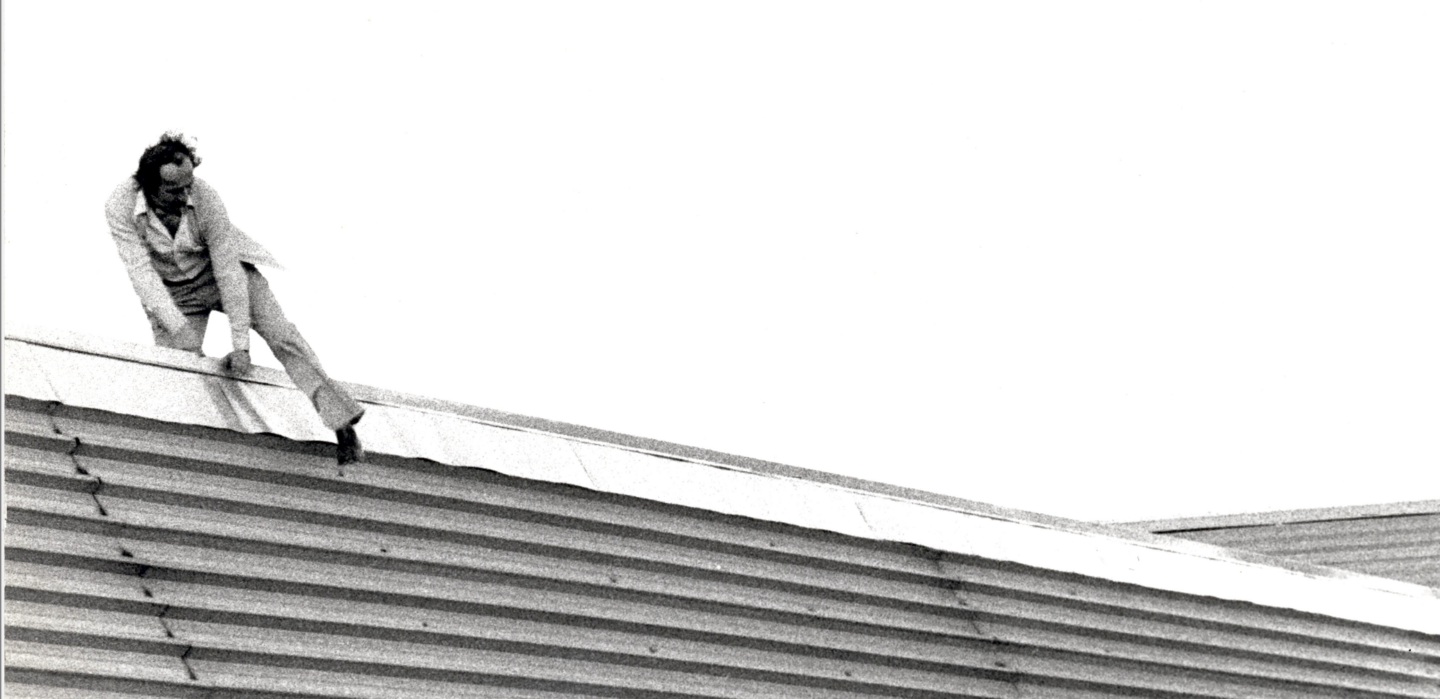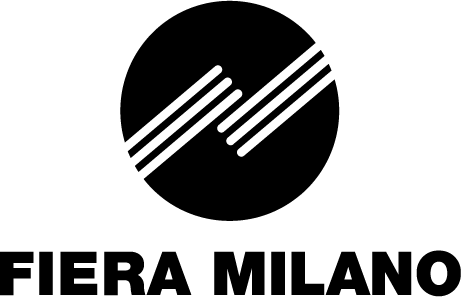Concept
eptember 26 – October 24, 2024
ADI Design Museum presents a monographic exhibition—accompanied by the publication of a catalog and made possible with the contribution of SEA Milan Airports—dedicated to the designer who made reformism the stylistic hallmark of his work.
Curated by Luciano Galimberti
Curatorial support and research coordination: Valentina Fisichella
Exhibition design: Alessandro Colombo, Paola Garbuglio
“Angelo Cortesi – A Life in Design” is the title of both the book and the exhibition, the first solo show dedicated to the figure and works of the architect (Asola, 1938 – Milan, 2020), from which the designer’s “militant” attitude immediately emerges, his commitment, his continuity in the name of design, and his desire to live life as a project in constant evolution, without pause, without end.
The works completed for the Far East, the Linate and Malpensa airports, the projects for Cadorna train station and the 18th International Triennale of Milan, as well as those related to living, working, and critical thinking, manifesto projects affirming new theories, the objects that inevitably accompanied him during his days outside the home, and the experiences shared with the extended ADI family—all come together in this presentation.
An unprecedented, circular connection between the world of personal relationships, political commitment, the pervasiveness of design, and the destiny of design itself: this is the philological structure guiding the conception of the book and exhibition, reconstructing and critically narrating the identity of one of the protagonists of Italian design culture, who until now had remained largely unexplored.
A project by ADI Design Museum – Museo del Compasso d’Oro, confirming its commitment to research, an essential foundation for generating cultural, social, and educational content aimed at both industry professionals and the general public, fostering new dialogues in the process of enhancing Italian design, which finds its privileged space here, amplified by the dialectical relationship with the active memory represented by the Historic Collection of the Compasso d’Oro Award.
The site-specific exhibition design by architect Alessandro Colombo reflects the two interpretative perspectives outlined by the curators: the first follows an anthology-based approach, built on a qualitative collection of Angelo Cortesi’s works and projects, grouped by specific thematic distinctions, organized according to typological or functional criteria, or classified by the location of the projects. On another level, the exhibition also takes the form of a retrospective, presenting a continuous narrative of the key biographical milestones of his life on a timeline that spans the entire exhibition space, connecting experiences and projects along the existential path of the protagonist, who is thereby placed back into his historical context.
On the exhibition islands, visitors can view original drawings, previously unseen models, products designed for companies, prototypes, posters, magazines, and photographs of Angelo Cortesi’s projects, all presented in their modern relevance. Like episodes of an ongoing present, these reveal the full awareness of a designer working for the future, managing to be impactful even in unconventional areas, affirming the centrality of design as a visionary and cross-disciplinary key to understanding multiple fields of knowledge.
This cross-disciplinarity aligns with the museological structure of the ADI Design Museum, which envisions the experience of its exhibitions and permanent collection as always circular, fluid, and continuous—just as design is continuous, a structural component of all areas of life, revealing its essential capacity for invention.
The overlapping of narrative levels, the simultaneous presence of multiple times in the storytelling, and the multiplicity of critical choices underlying the book and exhibition make it a cultural product of dissemination, while also posing questions to the world of design, the political system, and civil society: What is the role of design today? Is it still possible to envision evolution, or is there instead a regression from what Angelo Cortesi imagined? And what do we really need?








